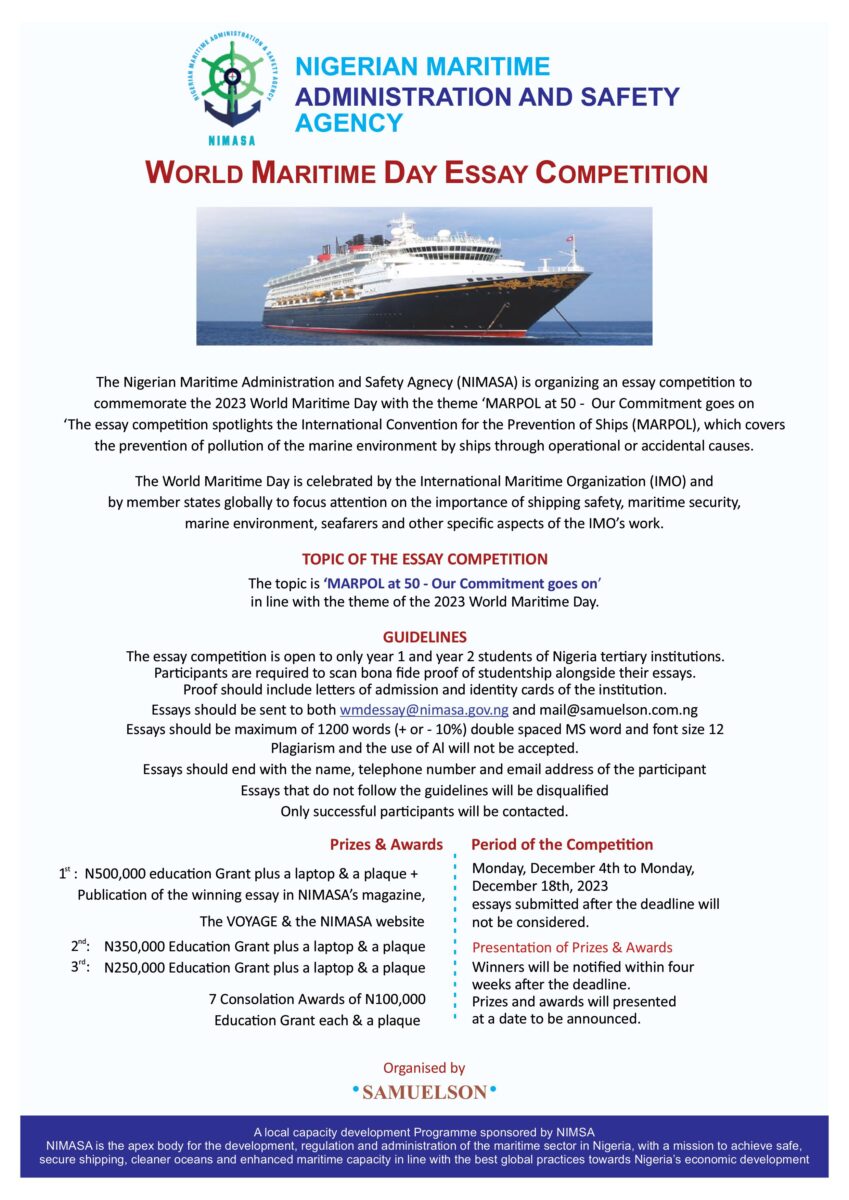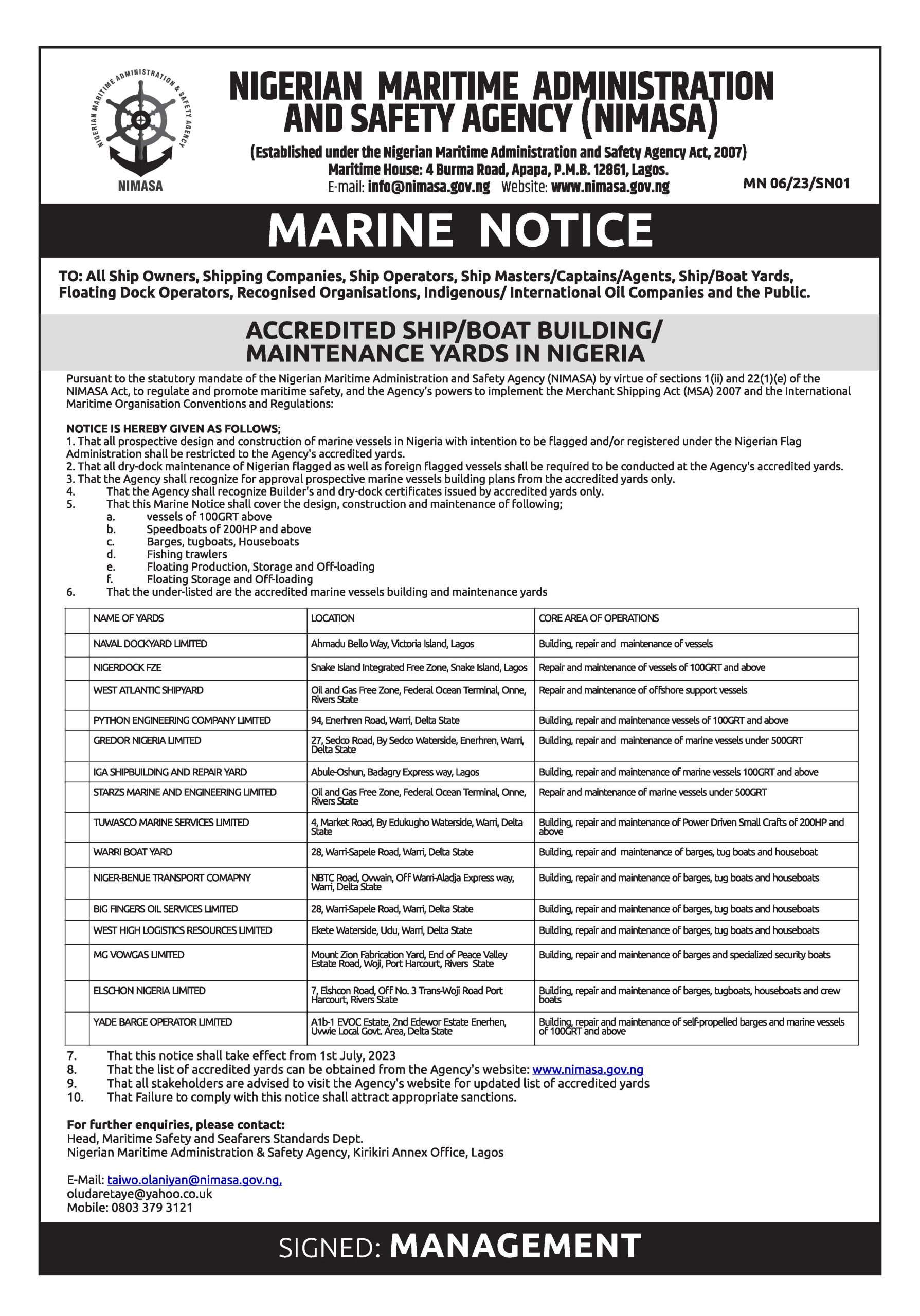By Divine Macaulay, in Kaduna
In a bold initiative to reshape the future of media, a group of university students have completed intensive training in solutions journalism, a growing field of reporting that focuses on responses to social problems rather than the problems themselves.
Aisha Gambo, a fellow in the Report Women! Female Reporters Leadership Programme (FRLP), led the training for mass communication students at the Kaduna State University (KASU) today, Thursday.
The one-day intensive workshop, hosted by KASU’s Department of Mass Communication, brought together about 40 communication students to learn how to produce rigorous, evidence-based stories that highlight how individuals, organizations, and communities are effectively addressing pressing issues.
Gambo, who is also a Senior Correspondent with the News Agency of Nigeria, explained that the training aimed to equip students with practical knowledge and skills in solutions journalism.
“We are not just training these students; we will encourage them to start identifying responses in their communities and reporting on them,” she said. “There are many opportunities in journalism, especially in solutions journalism, and we will share these opportunities with them to make them more competent.”
She emphasized that “solutions journalism doesn’t ignore problems; it adds the missing piece: how people are tackling those problems. We are equipping the next generation of reporters to tell the whole story. As misinformation and negativity dominate many media narratives, these young reporters are proving that a shift is possible and that journalism can be a force for progress.”
The workshop included hands-on sessions on sourcing reliable data, interviewing solution-focused stakeholders, and distinguishing between advocacy and balanced reporting. These sessions were led by Solutions and Conflict Journalist Nathaniel Bivan and freelance solutions journalist Yahuza Bawage.
One of the trainees, Amina Abubakar, a fourth-year student, found every section engaging and informative, stating, “Learning about solutions journalism gave me a new perspective. We always hear what’s wrong; now I see that reporting on what’s working can be just as powerful and more hopeful.”
Throughout the training, students explored a range of topics, including access to proper medical health services for pregnant women, education reforms, and gender-related issues. By the end of the program, participants produced pitches for their chosen stories.







